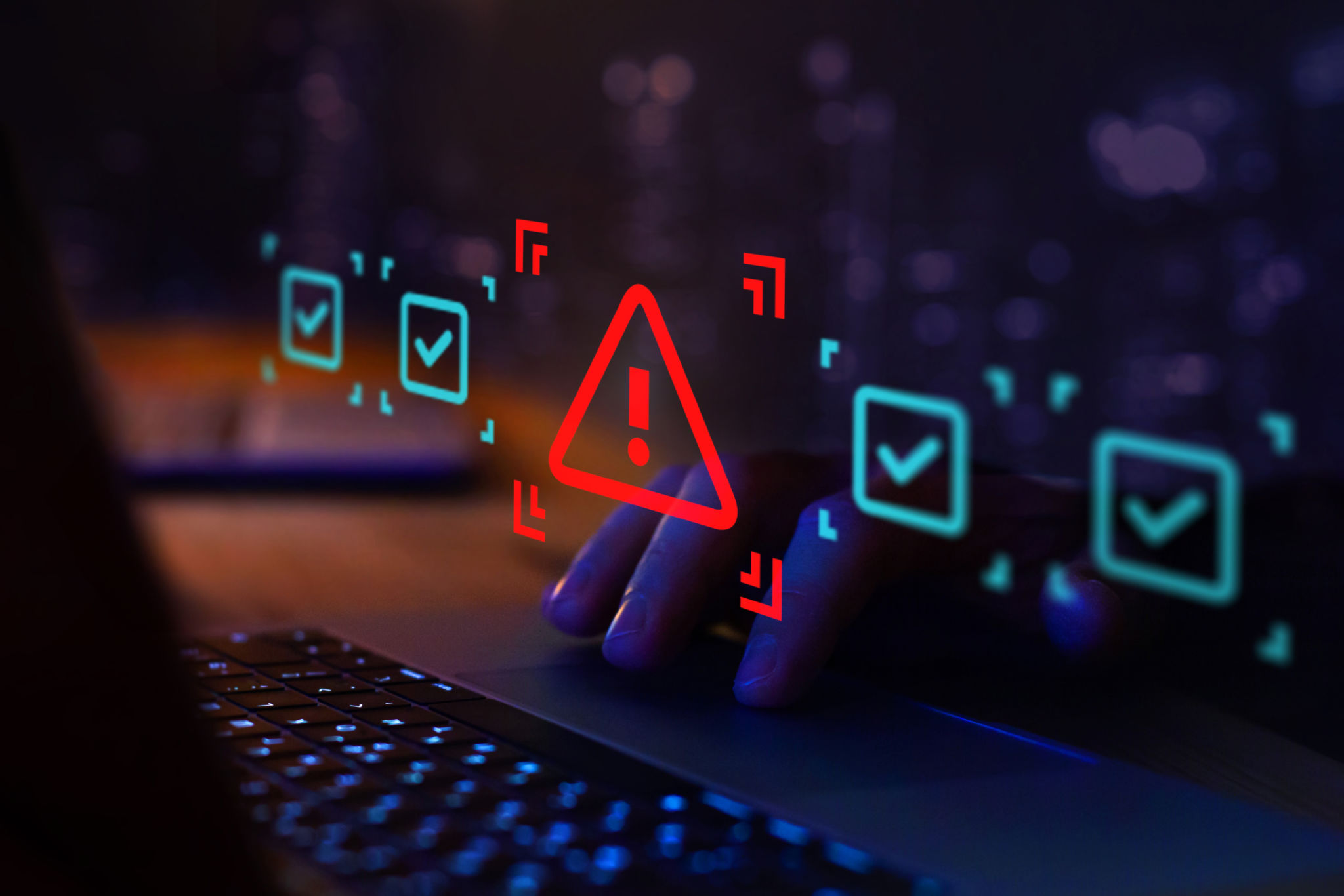Free Cyber Risk Report for SMBs: What to Expect and How to Use It
Understanding the Importance of a Cyber Risk Report for SMBs
Small and medium-sized businesses (SMBs) are increasingly becoming targets for cybercriminals. Despite the growing threat, many SMBs lack the resources to implement comprehensive cybersecurity measures. This is where a free cyber risk report can be invaluable. It provides a detailed assessment of potential vulnerabilities and offers insights into enhancing security protocols.

Cyber risk reports are tailored evaluations that identify possible threats and suggest actionable steps to mitigate risks. For SMBs, these reports can mean the difference between safeguarding sensitive data and falling victim to a cyberattack. Understanding what to expect from such a report and how to use it effectively can empower business owners to take proactive measures in securing their digital assets.
What to Expect in a Cyber Risk Report
A typical cyber risk report for SMBs will include several key components. First, there will be an overview of the current cybersecurity landscape, highlighting recent trends and potential threats specific to small businesses. This context is vital for understanding the relevance of the findings.
- Identification of vulnerabilities within your network and systems
- Assessment of your current security measures and their effectiveness
- Recommendations for improving your cybersecurity posture

The report will also provide an analysis of your business's digital footprint, identifying potential entry points for cyber threats. It may include a list of common vulnerabilities found in similar businesses, helping you benchmark your security measures against industry standards.
How to Use the Cyber Risk Report Effectively
Once you receive your cyber risk report, it's crucial to evaluate the findings and prioritize actions based on the level of risk associated with each vulnerability. Start by addressing high-risk areas that could have the most significant impact on your business operations.
- Review the report with your IT team or a cybersecurity expert.
- Develop a plan to address high-priority vulnerabilities.
- Implement recommended security measures promptly.

In addition to immediate actions, consider developing a long-term cybersecurity strategy. This could involve regular security assessments, employee training, and investing in advanced cybersecurity tools. The report can serve as a foundation for building a robust defense against future threats.
The Benefits of Regular Cyber Risk Assessments
Regularly conducting cyber risk assessments is not just about compliance; it's about safeguarding your business's future. These assessments help keep your security measures up-to-date with the ever-evolving threat landscape. They also demonstrate to clients and partners that you take data protection seriously, enhancing your reputation and trustworthiness.
Moreover, as technology continues to evolve, new vulnerabilities emerge. Regular reports ensure that you are not only reactive but also proactive in identifying potential risks before they can be exploited by malicious actors.

Ultimately, leveraging a free cyber risk report can be a game-changer for SMBs striving to protect their digital assets. By understanding what to expect from these reports and how to act on them, small businesses can enhance their cybersecurity posture without incurring significant costs.
